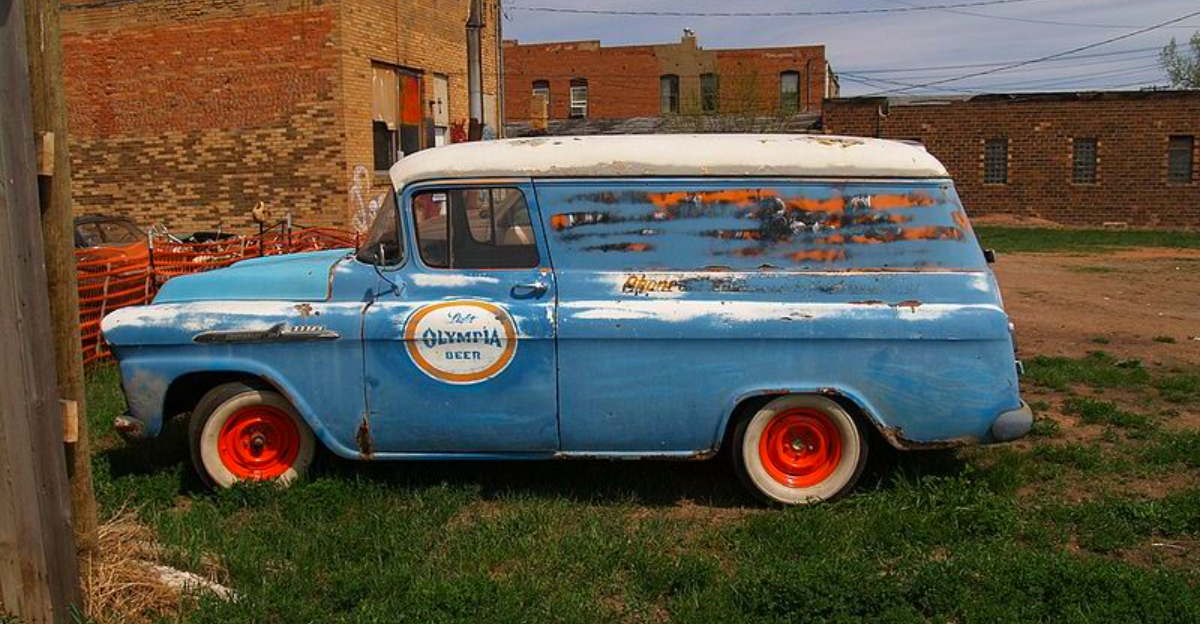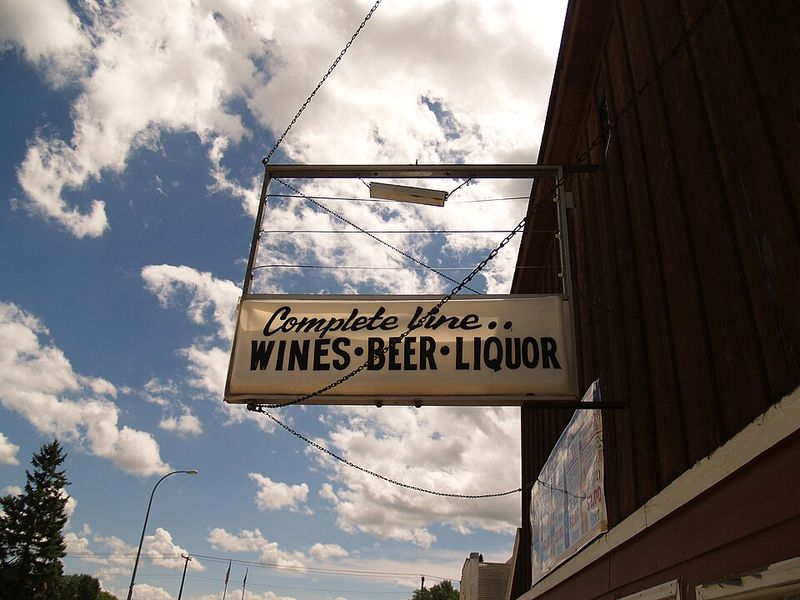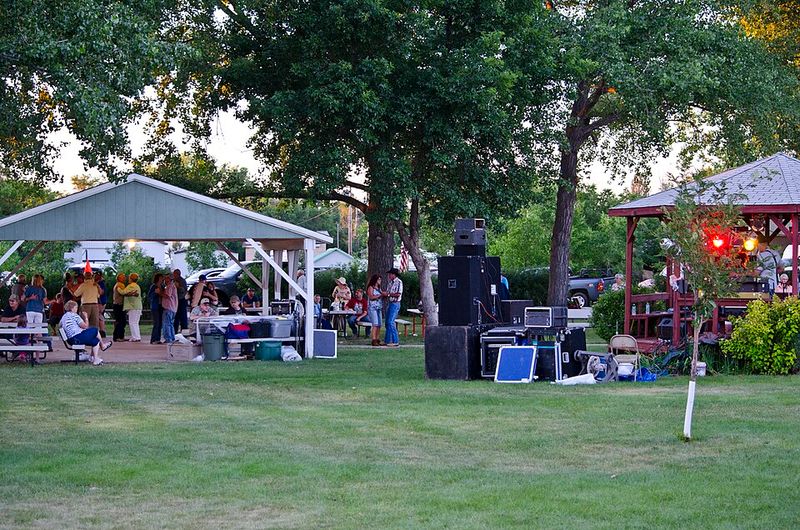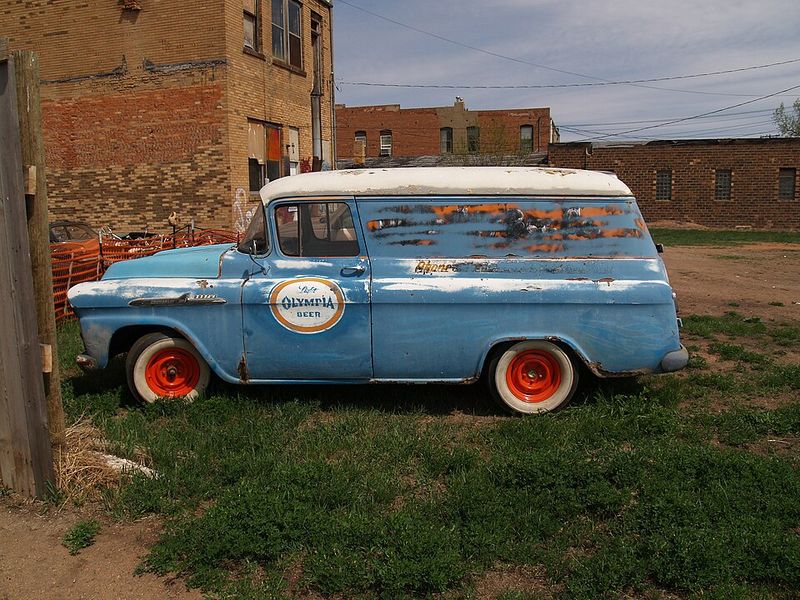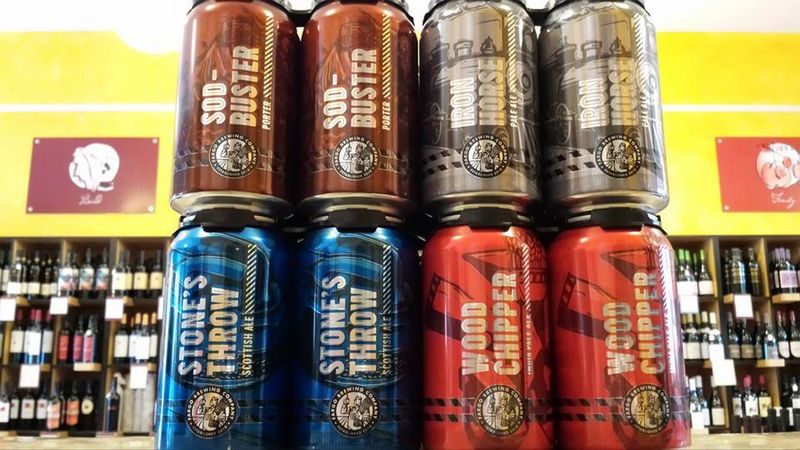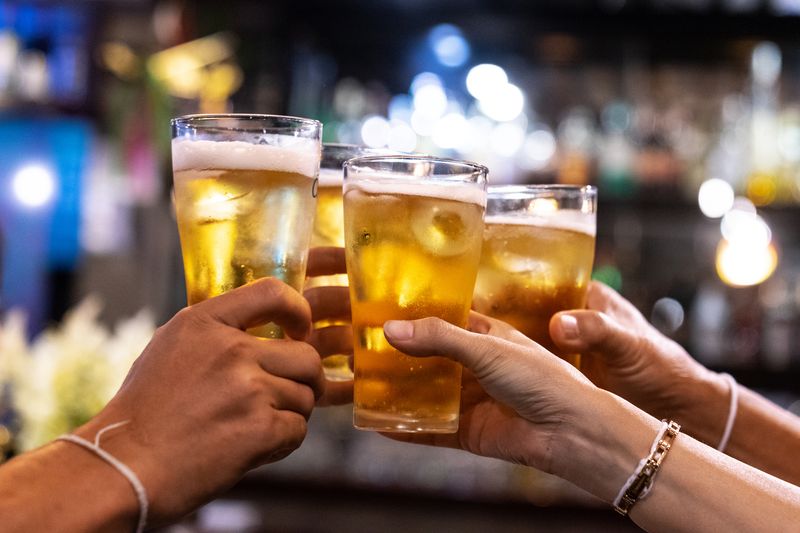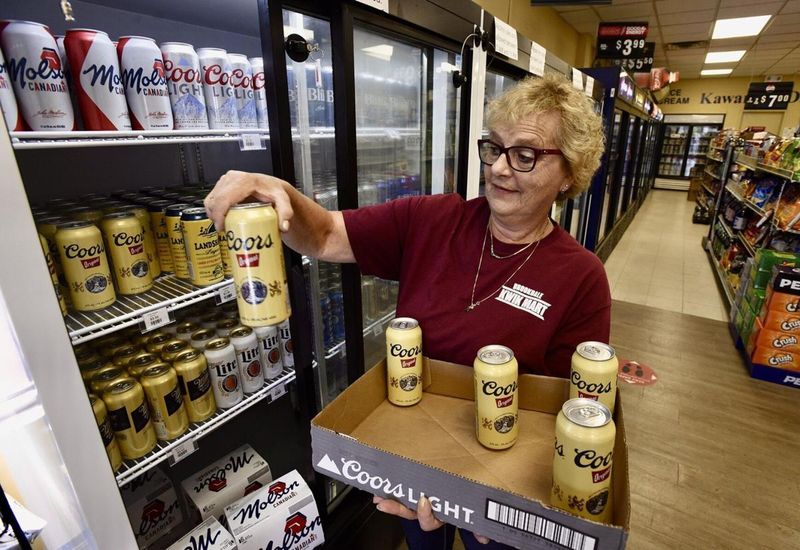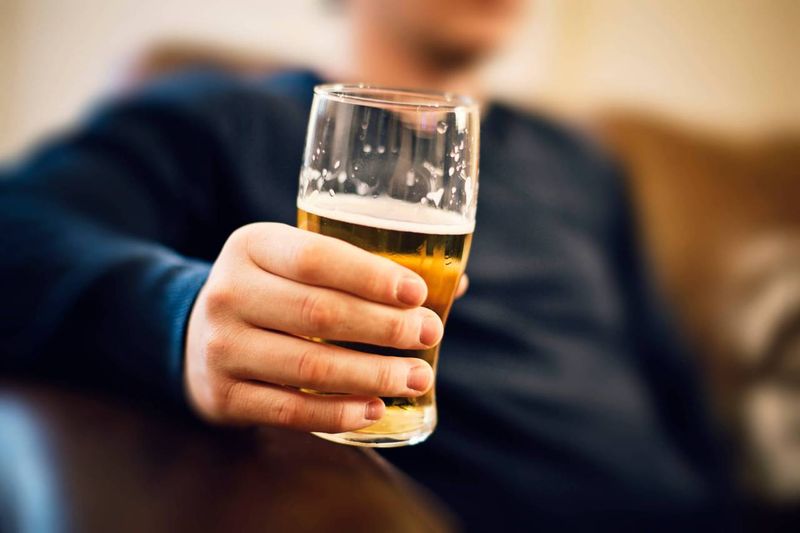North Dakota sits atop America’s beer leaderboard, and the reasons are as fascinating as they are revealing. From frigid winters to blue-collar grit, the state’s lifestyle and culture shape how people unwind and gather. But it is not just about quantity; it is about community, history, and accessibility that make beer a constant companion. Dive into these twelve crisp insights to understand why North Dakota pours more than the rest – and what that really means.
1. It tops the charts
North Dakota leads the nation in per-capita beer consumption, clocking roughly 45.8 gallons per person each year, or about 631 twelve-ounce cans. This staggering figure places the Peace Garden State firmly at number one, according to reporting compiled by Newsweek via World Population Review. It is well ahead of the national average, signaling a distinct drinking pattern. The headline stat has become a touchstone for conversations about culture, climate, and lifestyle across the Northern Plains. For residents and observers alike, the number is both surprising and revealing. It raises a crucial question: what drives such sustained, outsized beer preference?
2. It’s tied to geography & climate
Geography and climate shape behavior in powerful ways, and North Dakota’s long, cold winters encourage indoor socializing. When temperatures drop and nights stretch, gathering at home or the local bar becomes a warm refuge. In sparsely populated settings, fewer options for varied nightlife steer people toward familiar, communal spots. Beer naturally fills that social space. The rhythm of the season builds rituals around shared pints and local taverns. This environmental backdrop helps explain sustained consumption levels. While not the sole factor, the cold climate creates conditions in which beer becomes a reliable companion to conversation, connection, and community during lengthy winters.
3. Beat out the usual suspects
Conventional wisdom suggests powerhouse beer states like Wisconsin or the craft-centric coasts would dominate. Yet North Dakota edges out heavy hitters, including New Hampshire at about 43.9 gallons per person and Montana near 41 gallons. The surprise factor underscores that population size or brewery fame does not automatically translate to top consumption. North Dakota’s position reflects lifestyle alignment more than metro buzz. It challenges assumptions about where and how Americans drink beer. For analysts and enthusiasts, this is a reminder: the beer story is as much about place and pace as it is about sheer numbers and marketing heft.
4. Strong working-class + oil-industry culture
North Dakota’s blue-collar backbone, especially in oil fields and agriculture, influences after-work routines. Long, physically demanding days often end with time at a bar or with a six-pack shared among peers. This is less about excess and more about ritual, bonding, and decompressing. In communities where hands-on labor is common, beer plays the role of social glue. Reports frequently connect the oil industry’s intense schedules with elevated alcohol use afterward. It is a pattern found in many resource-driven regions. The result is a culture that pairs hard work with straightforward relaxation, which often centers on cold, accessible beer.
5. Beer culture without being “craft brewery central”
High consumption does not automatically mean a dense craft brewery scene. North Dakota supports notable names like Fargo Brewing Company, Laughing Sun, and Williston Brewing, yet it is not the leader in breweries per capita. The takeaway is that volume and variety are different metrics. Residents may drink frequently but not exclusively from boutique producers. Macro lagers and regional stalwarts coexist with local craft offerings. This creates a balanced marketplace where accessibility and price shape choices. The state’s beer identity leans pragmatic: drink what is available, affordable, and familiar, while still leaving room for homegrown experimentation and pride.
6. Binge drinking & alcohol-related harms are also high
Alongside high beer consumption come notable public health concerns. CDC data indicate North Dakota adults report higher frequencies of binge-drinking occasions than many peers, with medians suggesting recurring heavy episodes. These patterns can increase risks, including impaired driving, injuries, and longer-term health problems. Communities and policymakers face the challenge of honoring local culture while mitigating harm. Campaigns that promote moderation, designated drivers, and support services become vital. The story is not only celebratory; it includes real costs. Recognizing both the pride and the perils is essential for balanced understanding and effective public health strategies statewide.
7. Many local laws, but relatively accessible beer
State and local regulations shape how easy it is to buy and enjoy beer. In North Dakota, grocery stores and gas stations can sell beer, streamlining access for everyday purchases. Bars commonly serve until around 2 a.m., depending on local rules. These parameters make availability wide and convenient, which can nudge consumption upward. While liquor sales may follow separate structures, the practical result is a marketplace that favors ease. When supply is abundant and hours are accommodating, habits reinforce themselves. Accessibility does not dictate outcomes alone, but it helps explain the state’s elevated per-capita beer figures.
8. Rural social life leans on beer
In rural North Dakota, community life often gathers around local bars, taverns, and social halls. With fewer entertainment alternatives, these venues become the default for meeting friends, catching up on local news, and celebrating milestones. Beer serves as the affordable, familiar beverage that fits almost every occasion. This dynamic fosters repeat visits and steady consumption over time. It is not solely about intoxication; it is about belonging and routine. The tavern becomes a civic nucleus, much like a coffee shop in urban neighborhoods. In this context, per-capita numbers reflect community patterns as much as personal preference.
9. Historical immigration and beer traditions
North Dakota’s cultural roots include strong German and Irish influences, communities with long-standing beer traditions. These legacies inform family gatherings, holiday customs, and social norms that cross generations. When beer is part of heritage, it feels natural and unremarkable to share one regularly. That continuity reinforces local preferences independent of marketing cycles. The result is a baseline familiarity that supports high consumption without fanfare. Understanding the state’s demographics and settlement history helps decode today’s habits. Culture is a powerful compass, and in North Dakota, it points toward beer as a steady presence in everyday life.
10. Beer isn’t the only drink but it’s dominant
While beer leads per-capita consumption, North Dakota also posts strong numbers for spirits. This broader pattern suggests a robust drinking culture rather than a single-beverage anomaly. Still, beer remains the everyday choice for many, thanks to price, portability, and social fit. Spirits factor into weekends, celebrations, and certain subcultures, complementing rather than displacing beer. Policymakers and public health advocates consider both categories when designing interventions. For consumers, the landscape offers options across taste and budget. The takeaway is clear: beer dominates the table, but it shares the room with a sizable spirits contingent statewide.
11. Economic influences: fewer alternative evening options
Resource-driven economies often concentrate entertainment around a few accessible venues. In North Dakota, agriculture and energy shape schedules that leave limited windows for leisure. When distances are vast and towns small, the local bar becomes the predictable, low-friction choice. This reduces the need for planning or travel, reinforcing drinking as a standard evening activity. Analysts note that fewer cinemas, theaters, or late-night cafes translate into simpler, repeatable routines. The feedback loop is powerful: convenience encourages habit. Over time, these structural realities help explain why beer consumption remains consistently high relative to many more diversified states.
12. The “why” is multi-factorial and still being examined
No single variable explains North Dakota’s leadership in beer drinking. Climate, rural geography, working-class routines, immigrant traditions, availability, and nightlife options all interlock. Articles regularly note that the exact weighting of each factor is unclear, and data vary by source and year. What is consistent is the pattern: high per-capita consumption that persists over time. Understanding it demands both statistics and lived experience. For residents, it is a recognizable narrative; for outsiders, it is a case study in culture meeting context. The conclusion is complex yet coherent, and the conversation is far from over.
